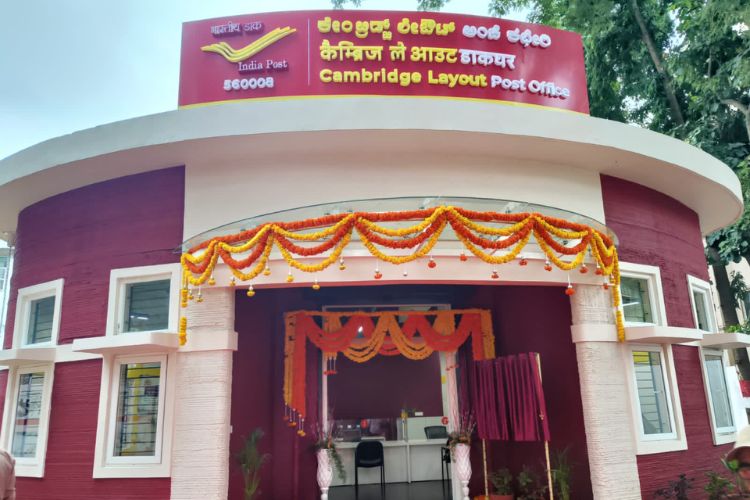India’s First 3D Printed Post Office Built in Just 43 Days!
The intersection of technology and construction has reached an exciting milestone in India with the unveiling of the country's first 3D printed post office. In a remarkable feat of innovation and engineering, this cutting-edge project was completed in a mere 43 days, signaling a promising new direction for the future of construction in India and beyond.
The Rise of 3D Printing in Construction
The concept of 3D printing has long captured our imaginations, promising to revolutionize the way we build structures. From intricate architectural models to functional components, the possibilities seem endless. However, the practical implementation of 3D printing in construction has been a slow and cautious process, marked by experimental projects and gradual advancements.
India’s Bold Step
Enter India's pioneering achievement – the construction of the nation's first 3D printed post office. This ambitious endeavor was a collaborative effort between the Department of Posts and iBuild Alpha, an innovative startup specializing in 3D printing construction technology. Located in the city of Vadodara, Gujarat, this post office stands as a testament to India's determination to embrace technological progress in unconventional sectors.
Unparalleled Speed and Efficiency
One of the most remarkable aspects of this project is its astonishingly short construction timeline. Traditional construction methods can take months or even years to complete a structure of similar size and complexity. However, the 3D printing technology used in building the post office dramatically accelerated the process. In just 43 days, the entire structure, complete with intricate details and functional spaces, was ready to serve the public.
Advantages of 3D Printing in Construction
The use of 3D printing in construction offers a multitude of advantages that extend beyond speed. Notably, it reduces material wastage, lowers labor costs, and minimizes the environmental impact associated with traditional construction practices. Additionally, 3D printing allows for intricate designs and shapes that would be challenging or impossible to achieve using conventional methods. This not only opens the door to innovative architectural possibilities but also enhances structural efficiency.
Challenges and Future Prospects
While India's first 3D printed post office is undoubtedly a groundbreaking achievement, challenges still remain on the path to widespread adoption of this technology in the construction industry. Issues such as regulatory approvals, material quality assurance, and scalability need to be addressed for 3D printing to become a standard practice.
Despite these challenges, the successful completion of the 3D printed post office serves as a beacon of hope for the future. As technology advances and best practices are refined, we can expect to witness more projects that combine innovation, efficiency, and sustainability in the realm of construction.
The unveiling of India’s first 3D printed post office stands as a monumental achievement, underscoring the nation's commitment to technological progress and innovation. This project not only showcases the potential of 3D printing in the construction sector but also paves the way for a more efficient, sustainable, and imaginative future in architecture and infrastructure development. As the world watches this innovative journey unfold, it's clear that the possibilities presented by 3D printing are limited only by our imagination and determination to push the boundaries of what's possible.



No comments